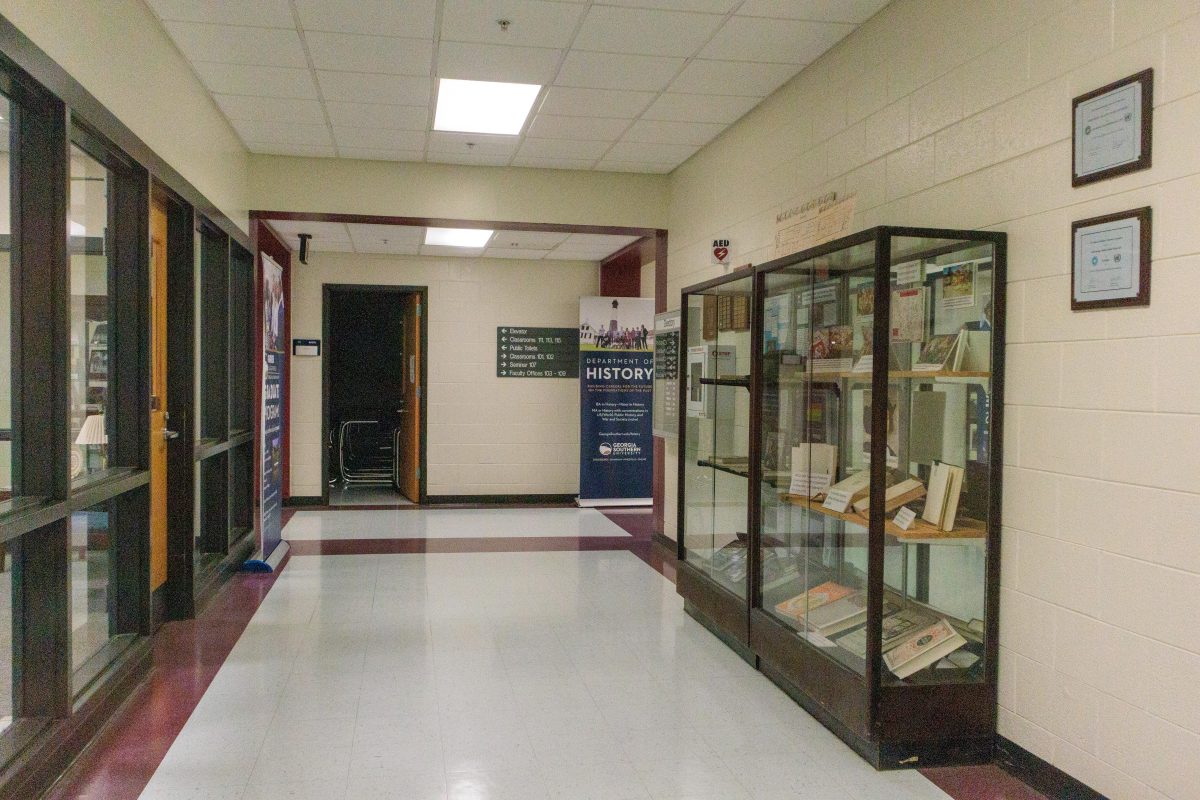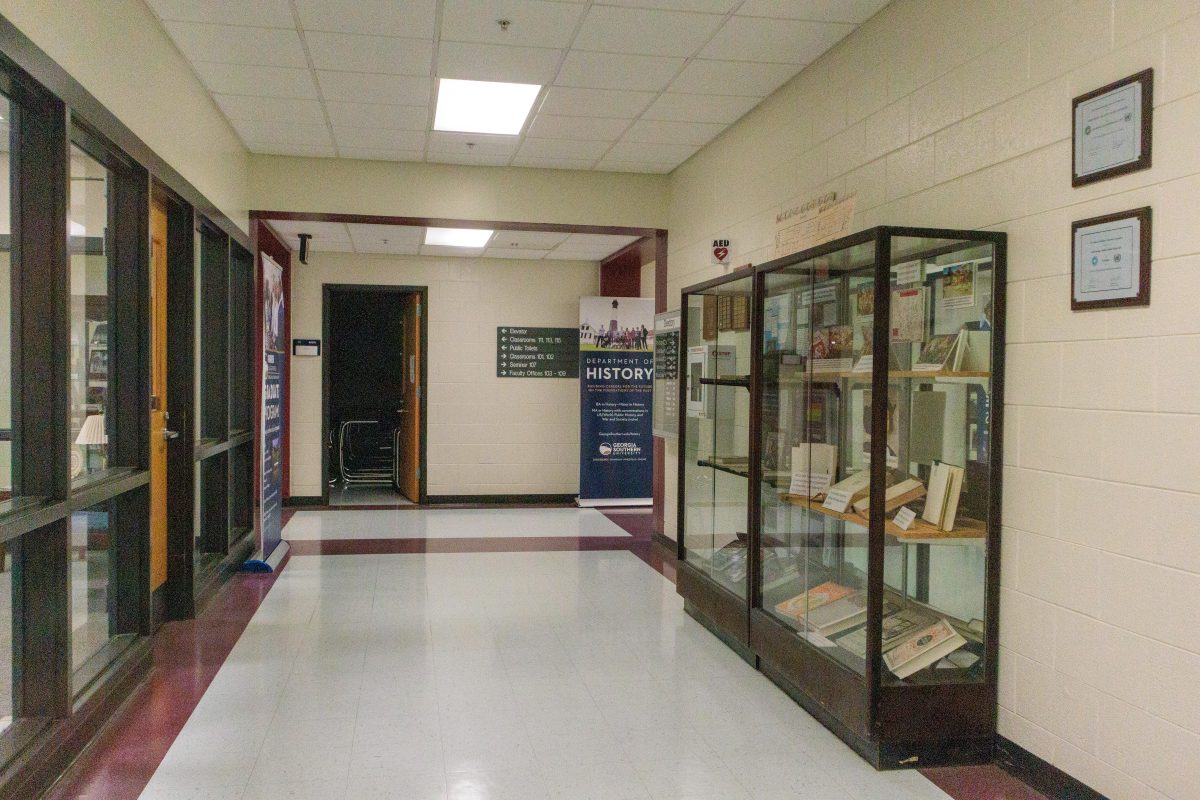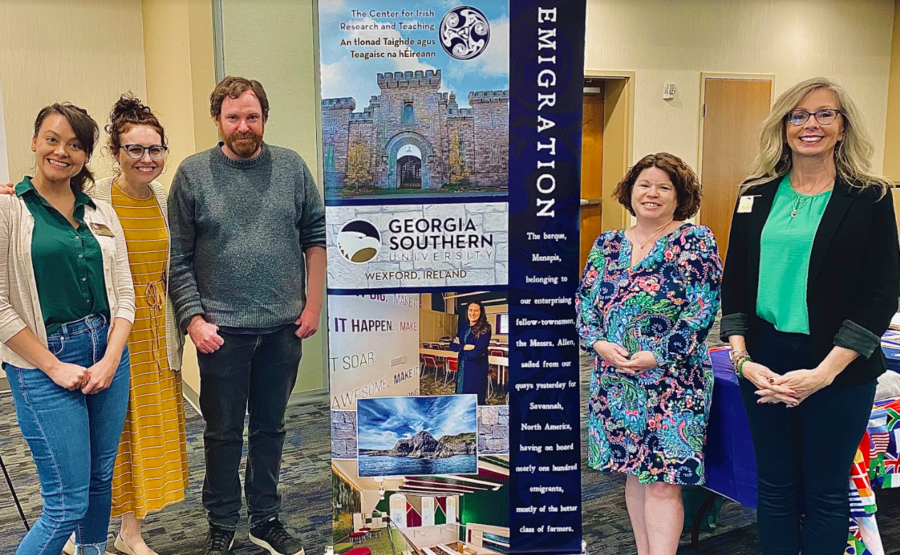The strongest case against offering the program on the Armstrong Campus is purely numerical.
Since the consolidation of Georgia Southern and Armstrong, working professionals and prospective public historians in Savannah have one fewer option to further their education in the area.
This situation also affects students from Statesboro, who often find themselves commuting to Savannah to conduct their research, indicating a clear need for the program within the Savannah area.
However, the university does not offer public history graduate studies on the campus because it can’t currently generate the enrollment numbers to justify such a program.
Firstly, there are financial implications. Larger classes in Statesboro typically require Teaching Assistants, which many public history graduate students rely on to fund their education. However, the Armstrong Campus lacks the student numbers to justify the need for TAs.
Secondly, there’s the concern that the structure of the public history graduate program isn’t compatible with the Armstrong campus. The program operates on a cohort model, wherein students progress through the program together, taking classes in a predetermined sequence.
Cohort models offer several advantages such as reduced drop-out rates, improved academic performance and a built-in sense of community among fellow cohort members.
However, both the financial constraints and the challenges with the cohort model stem from decisions made during consolidation. A merger committee opted to eliminate requirements that supported the program on the Armstrong campus while retaining requirements that posed difficulties for it.
“Without the major requirement, and without the ability to have part-time graduate students, we couldn’t generate the numbers,” Dr. Hendricks said.
Armstrong previously required all history majors to take a public history course, which stimulated interest in the graduate program.
This was made possible by the presence of four public historians on campus. However, given the low number of public historians teaching in Statesboro at the time, maintaining this requirement became impractical, leading to its removal during the merger.
The graduate program at Armstrong had a different structure and heavily relied on part-time graduates seeking further education. So, the flexibility it offered to working professionals was instrumental in its success.
The cohort model doesn’t align well with the schedules of working professionals. By enforcing this model, the university inadvertently excluded the primary audience for public history graduate studies in Savannah.
Michael Jordan, a documentary filmmaker and graduate of the Armstrong public history program, is featured in the alumni success stories section of GSU’s history page.
There, he is quoted saying, “I followed a nontraditional route to a Master of Arts in Public History, squeezing in classes in between the odd hours I worked as a television news anchor and reporter.”
During a phone interview, Jordan admitted that he could not accomplish the same under the current model.
“I could never have done it if I had to drive all the way to Statesboro,” Jordan said.
When considering the proximity issues, it becomes evident that the current program is incompatible with the Armstrong campus and excludes prospective public historians in Savannah, primarily working professionals.
This highlights a fixable flaw in the program, as it fails to meet the needs of this demographic, presenting a missed opportunity in Savannah despite its current efficacy in Statesboro.
The numerical arguments overlook how the program’s adaptability is undercut by the change in degree requirements and the addition of the rigid structure of the cohort system, despite a cohort program’s advantages.
The reality is that the numbers didn’t just suffer on their own. They were influenced by the university’s decisions. There’s still room for the university to make different decisions.
For these reasons, the Public History graduate program should be reinstated in Savannah, without rigid cohort requirements, and the university ought to engage with the history department at the Armstrong campus to explore avenues for its success.
Likewise, it’s crucial to stop treating the merger as a mere takeover. Emphasizing that the university’s public history program – nearly 40 years old by virtue of the merger – is one of the South’s oldest can help rectify this perception.
If a public history program cannot thrive in one of the South’s most historic cities, any humanities program, regardless of its suitability for the campus, risks relocation to Statesboro or potential elimination without active support from the university.
Categories:
Part 2: A call for public history at Armstrong
Entrance hall to Hawes Hall Building on Georgia Southern Armstrong.
0
More to Discover
About the Contributor

Riley Merritt, Staff Writer, The Inkwell











